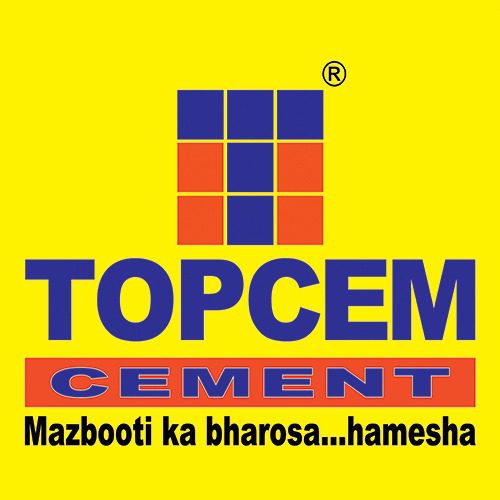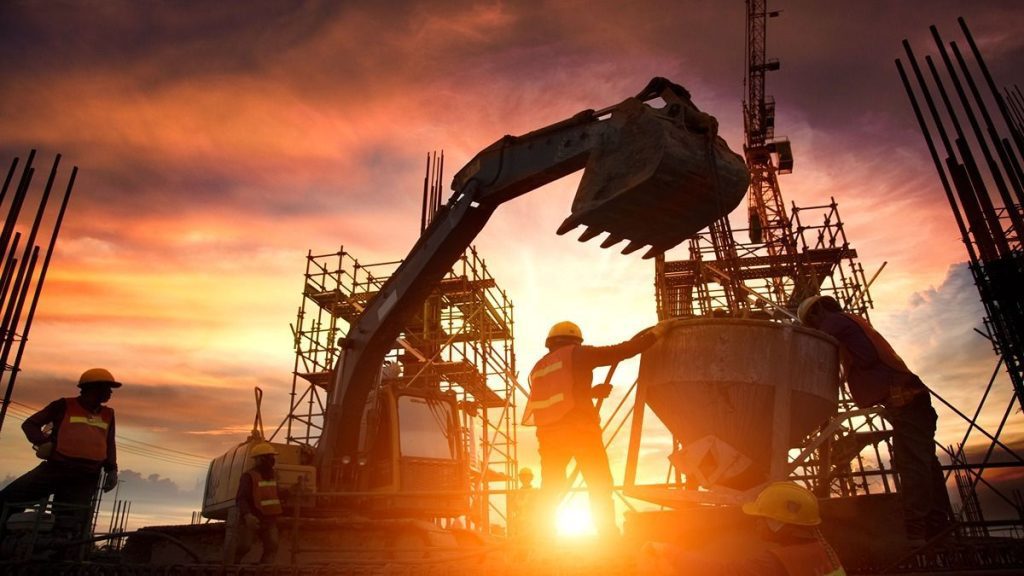How to reduce construction cost is a question that many contractors and developers face when undertaking construction projects. While reducing costs is important, it should never come at the expense of the overall quality or durability of the structure. With careful planning, innovative approaches, and smart strategies, you can lower expenses without compromising on the final result. In this blog, we will explore effective ways to reduce the cost of construction while ensuring that the end product meets the desired standards of safety, functionality, and aesthetics.
1.Planning and Design Optimisation
Streamlining the design process and eliminating unnecessary complexity can significantly reduce construction costs. Simpler layouts with fewer corners or intricate details reduce both the amount of material needed and the time spent on construction. Work closely with architects and engineers to ensure that the design is functional yet cost-effective.
2.Choose High-Quality, Cost-Effective Materials
Opting for materials that offer both durability and cost-efficiency is a key strategy. Using high-quality materials, such as Topcem Cement, ensures long-term savings by reducing the need for future repairs and maintenance. While the initial cost may seem higher, investing in durable materials can ultimately lower the total lifetime cost of a project.
3.Invest in Skilled Labour
Labour is a significant part of the overall construction budget, but investing in skilled workers can reduce costs in the long run. Well-trained workers are more efficient, producing higher-quality work in less time. Additionally, when your workforce is skilled, there is a reduced likelihood of errors that may require costly repairs or rework.
Training workers on using materials more efficiently, such as handling cement properly or managing resources effectively, can directly contribute to cost-cutting in-house construction. Ensuring workers are well-prepared can reduce time on site, prevent unnecessary delays, and improve the overall construction process.
4.Leverage Technology for Streamlined Operations
Using technology to streamline operations can result in substantial cost reductions. For instance, implementing Building Information Modelling (BIM) allows for accurate visualisation of the entire construction process, which helps to identify potential issues early and prevent costly delays or redesigns. Additionally, project management software can track progress, optimise resources, and provide a real-time overview of the budget.
Innovative tools, such as drones for site surveying and automated machinery for tasks like concrete mixing, can also help to reduce labour costs and improve construction speed. Integrating
these technologies into your workflow will help you deliver quality projects on time and within budget, maximising your cost-cutting efforts.
5.Minimise Waste and Maximise Resource Use
Reducing waste is an effective way to cut costs in construction. One of the main reasons for
material wastage is over-ordering, miscalculating quantities, or inefficient use of materials. Careful planning and resource management can ensure that only the necessary amount of materials is ordered, and proper storage techniques can preserve materials in good condition for longer periods.
The proper handling of cement, for example, can prevent wastage. Efficient use of cement, along with quality control measures, ensures that you don’t end up with unnecessary material costs. By reducing waste in this way, you can dramatically lower the overall cost of the project without compromising on quality.
6.Efficient Resource Utilisation
Efficient resource utilisation is crucial for minimising construction costs without compromising quality. By strategically managing labour, materials, and equipment, stakeholders can unlock significant cost-saving opportunities. For instance:
- Bulk Purchasing: Ordering materials in larger quantities often results in significant discounts. This approach is particularly beneficial when materials can be stored safely without risk of
- Prefabrication: Utilising prefabricated components can significantly reduce labour costs and minimise waste compared to traditional on-site methods. Prefabrication allows for enhanced quality control as components are built in a factory setting.
- Energy-Efficient Designs: Incorporating energy-efficient features such as insulation and HVAC systems can lower ongoing operational costs and enhance the project’s value proposition over time.
7.Negotiate Smartly with Suppliers and Contractors
Negotiating effectively with suppliers and contractors can have a significant impact on reducing construction costs. By building strong relationships with trusted suppliers, such as those providing Topcem Cement, you can secure better pricing, discounts on bulk purchases, and favourable
payment terms. Bulk purchasing of materials can significantly reduce costs, especially when working with a high-quality brand like Topcem Cement, which offers superior performance with less quantity needed.
By ensuring that you get the best value for your cement and other materials, you can keep the project within budget without sacrificing quality.
Reducing construction costs without sacrificing quality is entirely achievable with the right materials, planning, and strategies. By incorporating sustainable building materials like Topcem
Cement, optimising design and planning, managing projects effectively, and leveraging technology, contractors can significantly reduce expenses. Efficient use of labour, reducing waste, and exploring modular construction methods further contribute to cost-saving efforts.
Topcem Cement provides an excellent solution to lowering material costs while maintaining the highest standards of quality and durability. By choosing Topcem Cement and applying these smart
cost-cutting strategies, you can complete your construction project on time, within budget, and with lasting quality.

